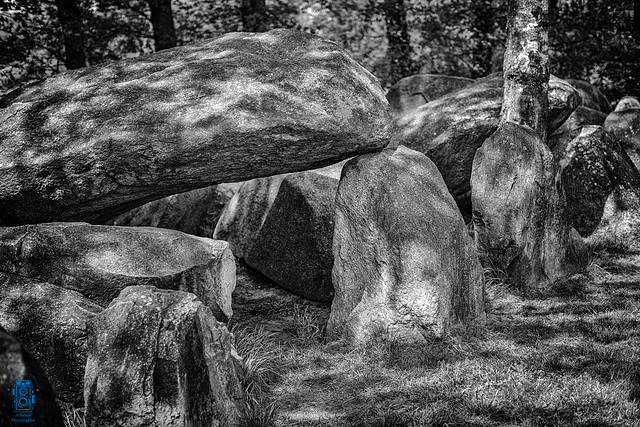"De hoogen Steener"
"De hoogen Steener"
"Hüven 1" ("Hüven Süd")
"Hüven 1" ("Hüven Süd")
Zum Steingrab
Urgeschichtlicher Grabhügel
Über 700 Jahre alte Linde (nach anderen Quellen 40…
Stift Börstel
Stift Börstel - Kreuzgang
Stift Börstel - Kreuzgang
Stift Börstel
Stift Börstel
Naturschutzgebiet Theikenmeer
Naturschutzgebiet Theikenmeer
Naturschutzgebiet Theikenmeer
Naturschutzgebiet Theikenmeer
Gepunkteter Eichen-Gürtelpuppenspanner
Naturschutzgebiet Theikenmeer
Naturschutzgebiet Theikenmeer
À la maison
World Ocean Day 2023
À la maison - La forêt
À la maison - La forêt
"Königsgrab von Groß Berßen"
Reconstructed grave
"Königsgrab von Groß Berßen"
Poldenhünensteine
En détail
En détail
En détail
En détail
En détail
En détail
En détail
Autobahn A42
Samba im LaPaDu
Samba im LaPaDu
Samba im LaPaDu
Samba im LaPaDu
Bienenfutter
Noch mehr Frühling
Wenn sanft das Grün die Welt verändert
Lady Madeline
The Woman Who Stares at Frogs
Unterwegs mit meinen Padawans
Location
See also...
See more...Keywords
Authorizations, license
-
Visible by: Everyone -
All rights reserved
-
80 visits
Hekeser Steine


Neolithic period, ca. 3500 - 3000 B.C.
© 2023 Arlequin Photographie
Translate into English
© 2023 Arlequin Photographie
Marco F. Delminho, Nouchetdu38, * ઇઉ *, appo-fam and 13 other people have particularly liked this photo
- Keyboard shortcuts:
Jump to top
RSS feed- Latest comments - Subscribe to the comment feeds of this photo
- ipernity © 2007-2024
- Help & Contact
|
Club news
|
About ipernity
|
History |
ipernity Club & Prices |
Guide of good conduct
Donate | Group guidelines | Privacy policy | Terms of use | Statutes | In memoria -
Facebook
Twitter

Arlequin Photographi… club has replied to Jenny McIntyre clubBut it's true, lifting and assembling these huge stones on site without machines is impressive from today's perspective. That's why people believed they were giants who did it. So today they are also called "Hünengrab" in German or "Hunebedden" in Dutch. A Hüne oder Hune (Middle High German: huine; Low German: hûne) is a term for a giant (human). You can also find this word in the English "huge".
Everything else is just physics ;-)
Sign-in to write a comment.